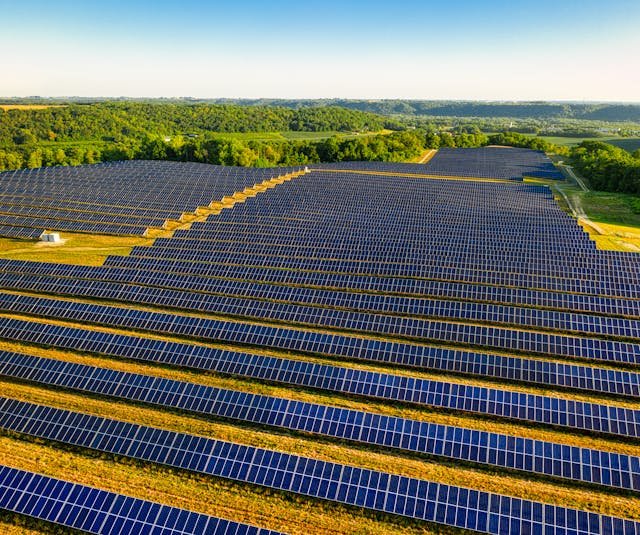Solar energy is a major blessing for sun-drenched countries that receive peak solar rays most of the day and year, and we haven’t even begun discussing its profound positive impact on combating global warming. While solar farms fundamentally reshape a nation’s energy economics, their success as high-yield, long-term assets is entirely dependent on the quality and engineering of the solar power cables. These specialized cables are the unseen lifeline that dictates a project’s long-term efficiency, financial return, and operational safety.

Solar farms work efficiently and reliably—like great, dependable cash machines—only if the wires connecting everything are high quality. If the wires are cheap or poorly made, the entire system loses money and becomes unsafe.
1. The Sun-Proof Armor (UV Resistance)
The biggest enemy of a solar farm’s wiring is the very thing that powers it: the sun’s ultraviolet (UV) rays. Over years of constant, intense sunlight, standard wire insulation cracks, fades, and becomes brittle. This exposes the electrical parts inside to moisture and air, which causes immediate problems like short circuits and massive power loss. This degradation rapidly reduces the life of the entire system.
High-quality solar farms use special UV-resistant cables. These cables have a durable outer “coat” or jacket specifically engineered to block the sun’s damaging rays. This protection ensures the wire remains flexible, strong, and waterproof for 25 years or more, guaranteeing that the energy captured by the panels can flow reliably without interruption or loss.
The Long-Term Problem: Solar farms are expected to work for 25 years. Cheap wires break down quickly from constant sun exposure and harsh weather. Cracked insulation leads to even more power loss and premature replacement, which costs a fortune.
High-quality wires have special jackets (like heavy-duty coats) that are designed to resist UV rays, extreme heat and cold, and moisture, guaranteeing they last for the entire life of the farm.
2. How Wires Prevent Accidents (Safety)
The safety aspect is critical to protecting the investment.
Fire Risk: When bad wires overheat, they can cause a fire in the field, leading to massive damage and a complete shutdown of the farm. Good solar cables are designed to be flame-retardant—they resist catching fire, and if they do, the fire won’t spread. They also don’t release toxic smoke, protecting maintenance workers.
Downtime = Lost Money: If a wire fails, a whole section of the farm stops producing power instantly. Every hour the system is down is an hour of lost revenue. The best wires use solid connections that don’t corrode and are protected from the environment, ensuring the system runs reliably all day, every day.
In summary:
The seemingly simple cables are the silent foundation of a solar farm’s profitability. In the future, the design of the electrical infrastructure—including connectors, conduits, and cables—will be the primary factor in whether a solar farm leaves behind a legacy of clean power or simply a cleanup problem. By insisting on robust, recyclable cable engineering today, we are effectively underwriting the full restoration of the land tomorrow, allowing the planet to be reclaimed cleanly and completely once the clean energy mission is complete.











